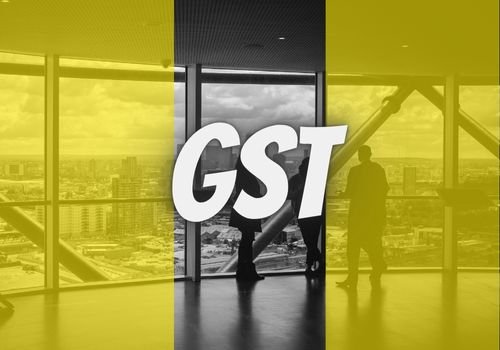Introduction
Goods and Services Tax (GST) is a tax on the supply of goods and services in India. It was introduced on July 1, 2017, to replace multiple indirect taxes like service tax, VAT, central excise duty, and entry tax. GST is governed by the GST Council, which is chaired by the Union Finance Minister and comprises the finance ministers of all states and union territories. In this article, we will discuss the types of GST, the Eway Bill, and the E-invoicing system in India.
Types of GST
There are four types of GST in India:
- Central GST (CGST): This tax is collected by the Central Government on goods and services sold within a state.
- State GST (SGST): This tax is collected by the state governments on goods and services sold within a state.
- Integrated GST (IGST): This tax is collected by the Central Government on goods and services sold between different states.
- Union Territory GST (UTGST): This tax is collected by the Union Territory Governments on goods and services sold within a Union Territory.
Eway Bill
An Eway bill is a document that contains details of the consignment of goods being transported from one place to another. It is generated online by registered taxpayers who transport goods worth more than Rs. 50,000. The Eway bill system was introduced on April 1, 2018, to track the movement of goods and curb tax evasion.
The Eway bill contains details like the name of the sender, receiver, and transporter, the invoice number, the quantity and description of goods, the value of goods, and the mode of transport. The Eway bill is valid for a specific number of days depending on the distance that the goods are being transported.
The Eway bill system has helped to reduce the time taken for transportation and has made it easier for businesses to follow the GST laws. However, sometimes, there may be delays in generating Eway bills due to technical issues.
E-invoicing System
The government has plans to make e-invoicing mandatory from January 1, 2023 for businesses with a cumulative annual turnover of more than Rs 5 crore in any of the previous financial years 2017-18 to 2021-22. The E-invoicing system is a feature of GST that was introduced on October 1, 2020. It is a system of generating invoices electronically and reporting them to the GST portal in real-time.
Under the E-invoicing system, businesses have to generate invoices using their accounting or billing software, which will then be validated by the GST portal. Once the invoice is validated, a unique Invoice Reference Number (IRN) will be generated, which will be used to track the invoice.
The E-invoicing system has made the process of generating invoices more efficient and has reduced the chances of errors or duplication. It has also helped to streamline the reporting of invoices to the GST portal, making it easier for businesses to follow GST laws. However, the implementation of the E-invoicing system has also led to some initial challenges like technical glitches and delays in generating IRNs.
Conclusion
The Goods and Services Tax (GST) has revolutionized the Indian tax system, simplifying and consolidating various indirect taxes under one roof. The four types of GST – Central GST (CGST), State GST (SGST), Integrated GST (IGST), and Union Territory GST (UTGST) – have made it easier for taxpayers to understand and comply with the tax laws. The Eway Bill and E-invoicing system are two essential components of GST that have been introduced to track the movement of goods and generate invoices electronically, respectively. While these systems have brought about their own set of challenges, they have also streamlined the taxation process, reduced the chances of errors, and helped businesses comply with the GST laws. As GST continues to evolve, it is expected to further simplify and streamline the taxation system in India, making it easier for taxpayers to comply with the tax laws.
FAQ’s
What is the GST rate in India?
The GST rate in India varies depending on the category of goods and services. It ranges from 0% to 28%.
Who is liable to pay GST?
Businesses with an annual turnover of up to Rs 40 lakh are GST exempt. Initially, this limit was Rs 20 lakh. Additionally, those with a turnover up to Rs 1.5 crore can opt for the Composition Scheme and pay only 1% tax
Can GST be refunded?
Yes, GST can be refunded in cases where it has been overpaid or where the goods have been exported.

